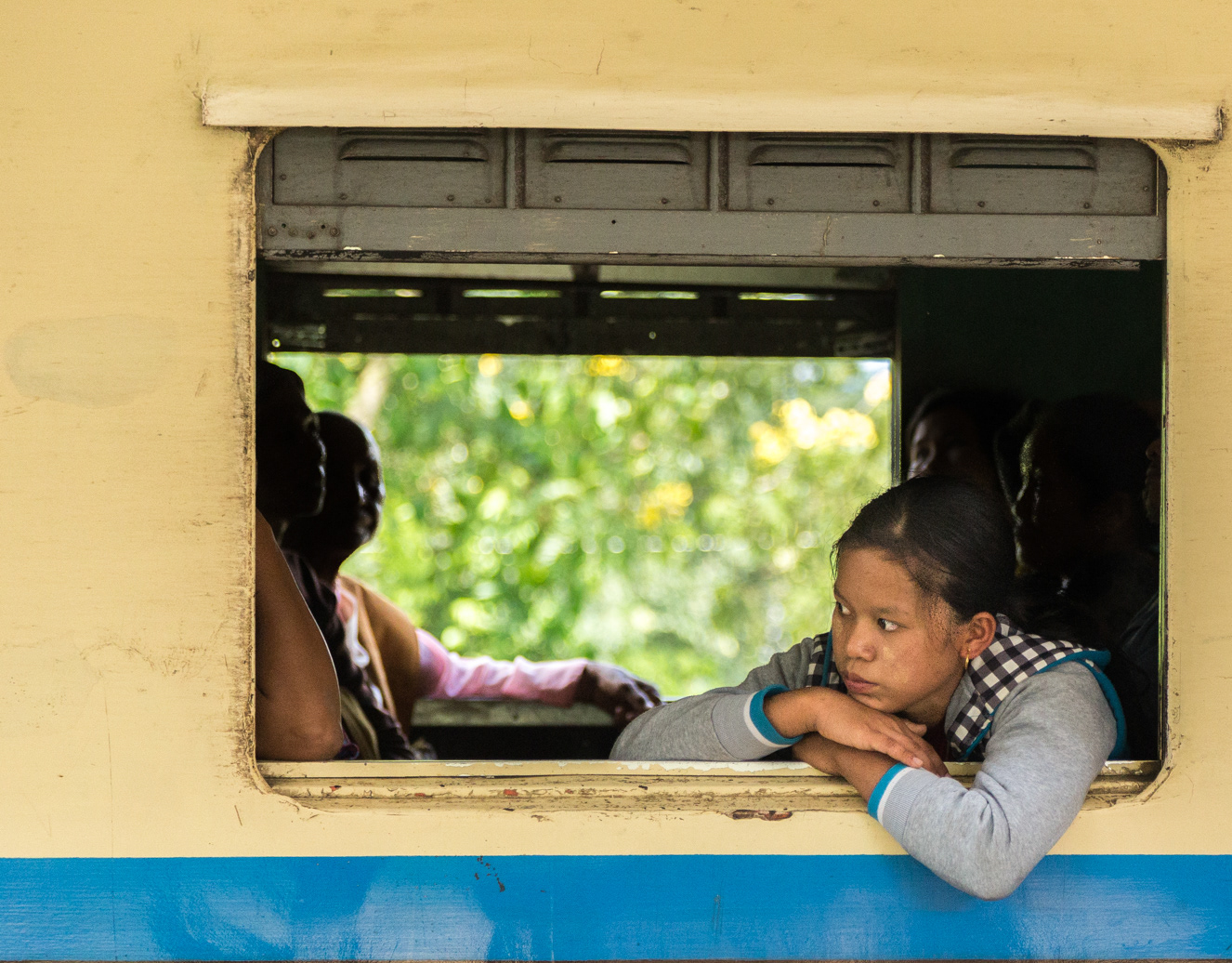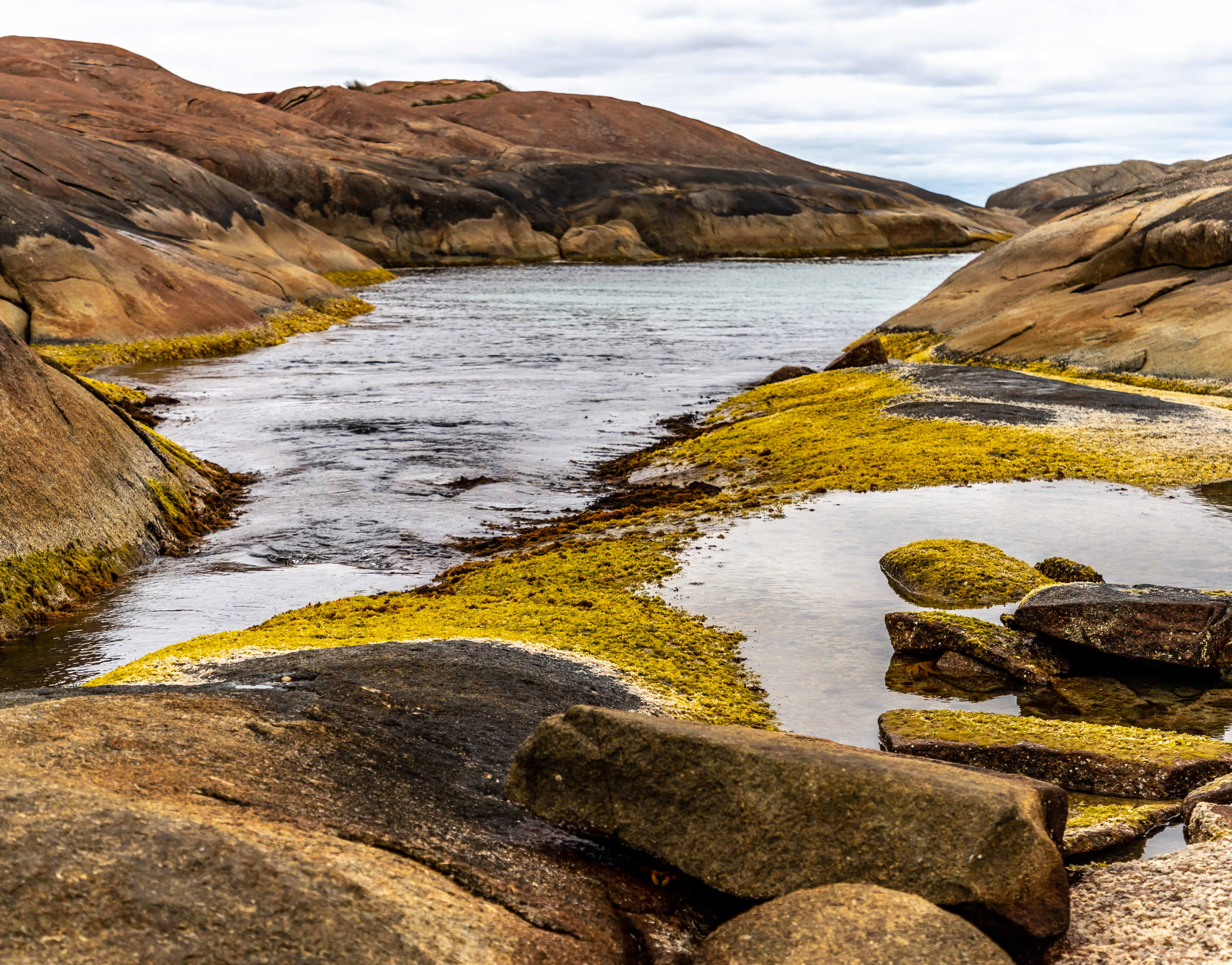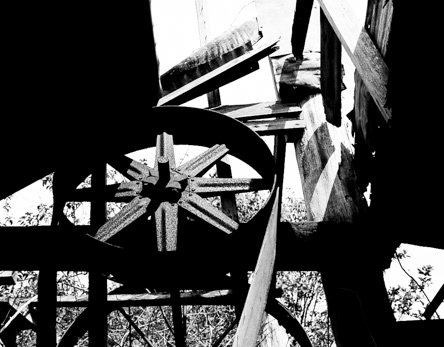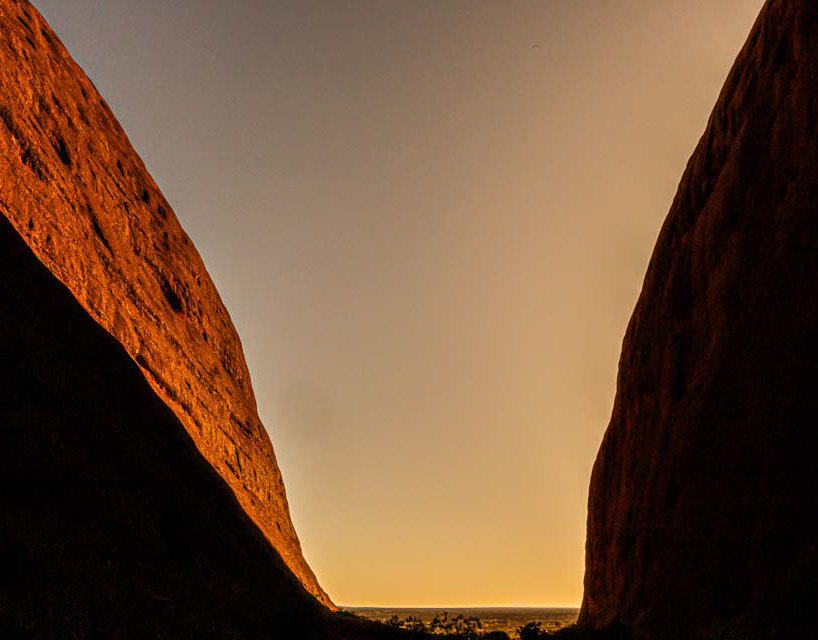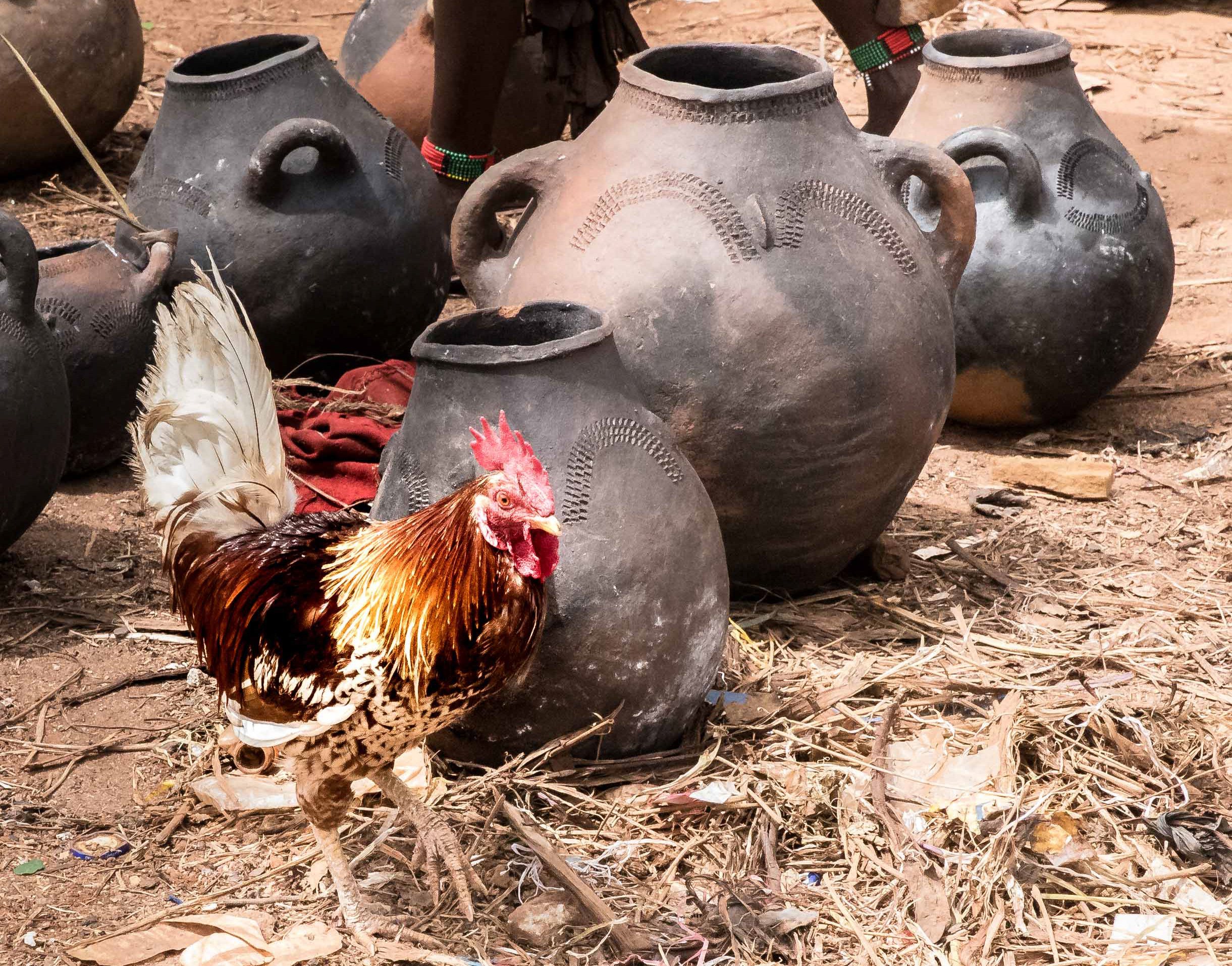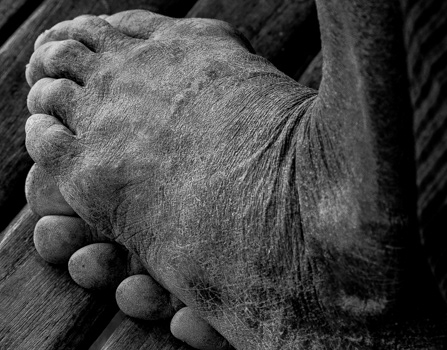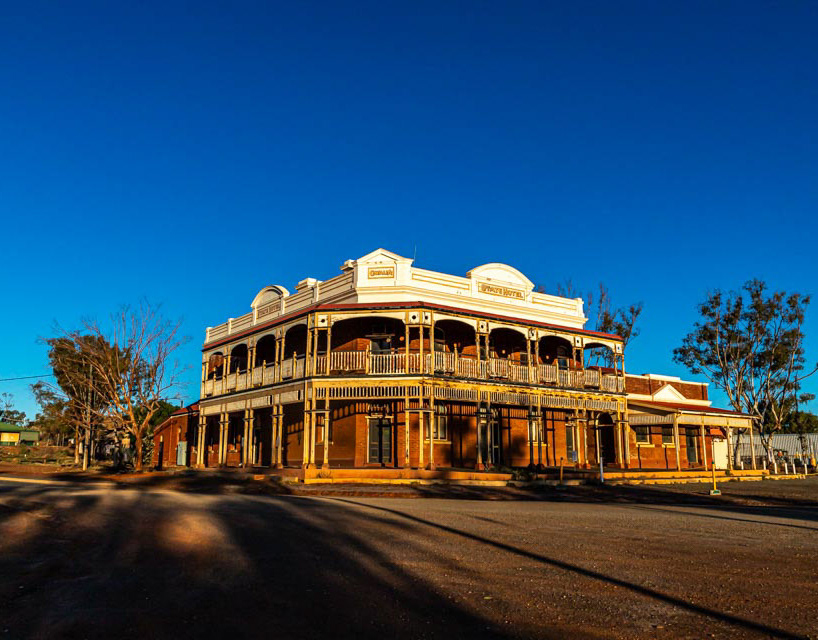Lake Tana in the afternoon light.
Sunset at Bahir Dar on Lake Tana.
As we headed out onto the lake to visit the Ura Kidane Mehret Monastary local farmers were heading home in their papyrus canoes with a load of vegetative material, likely to be for the feeding of animals.
A good reason to be wary when paddling flimsy canoes on the lake.
The islands and peninsulas of Lake Tana are home to a number of Ethiopian Orthodox Christian Monasteries and Churches . Most were built during the 14th to 16th centuries.
The outer ambulatory of the Ura Kidane Mehret Monastary.

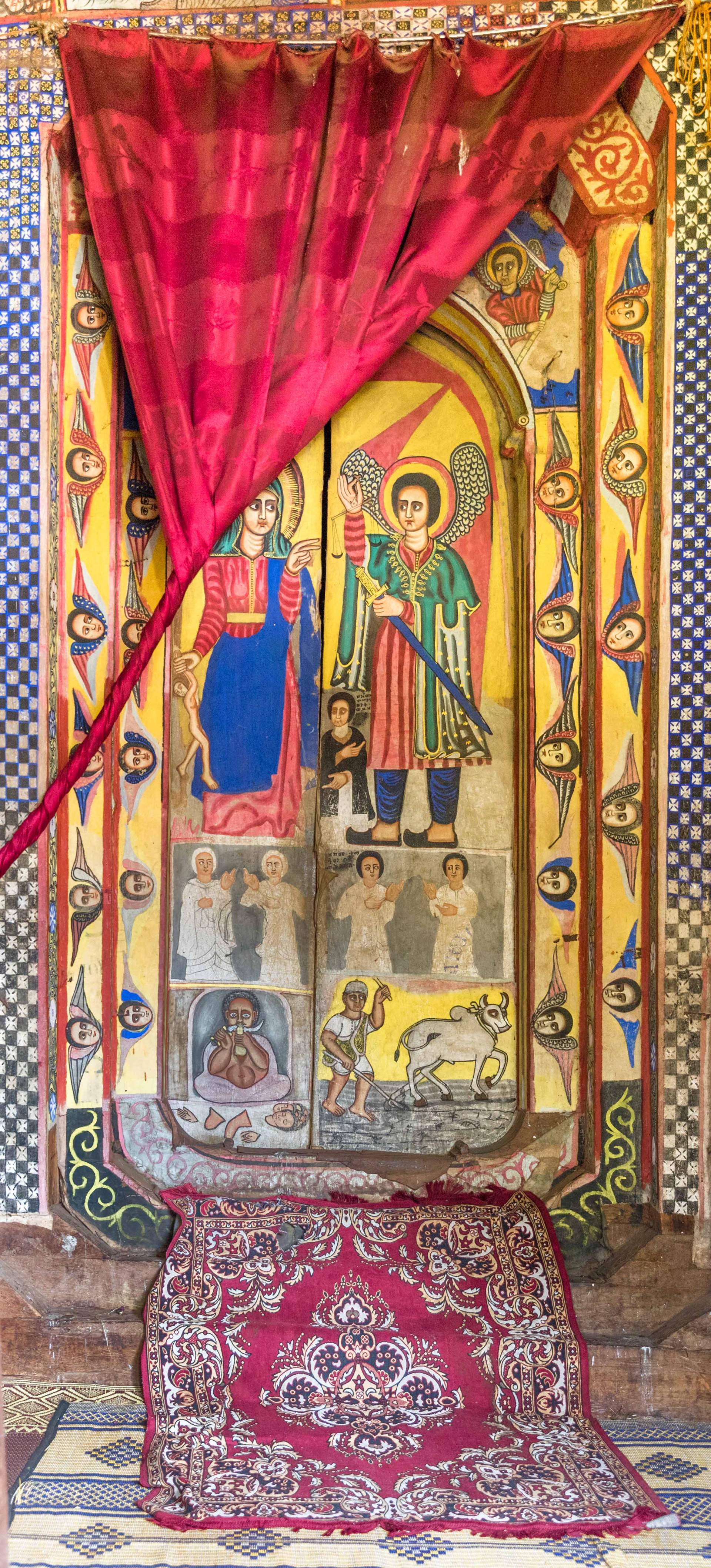
The priests of the Ura Kidane Mehret Orthodox Monastery. Payment is required to photograph the churches and the priests with the funds used to support the upkeep of the buildings.

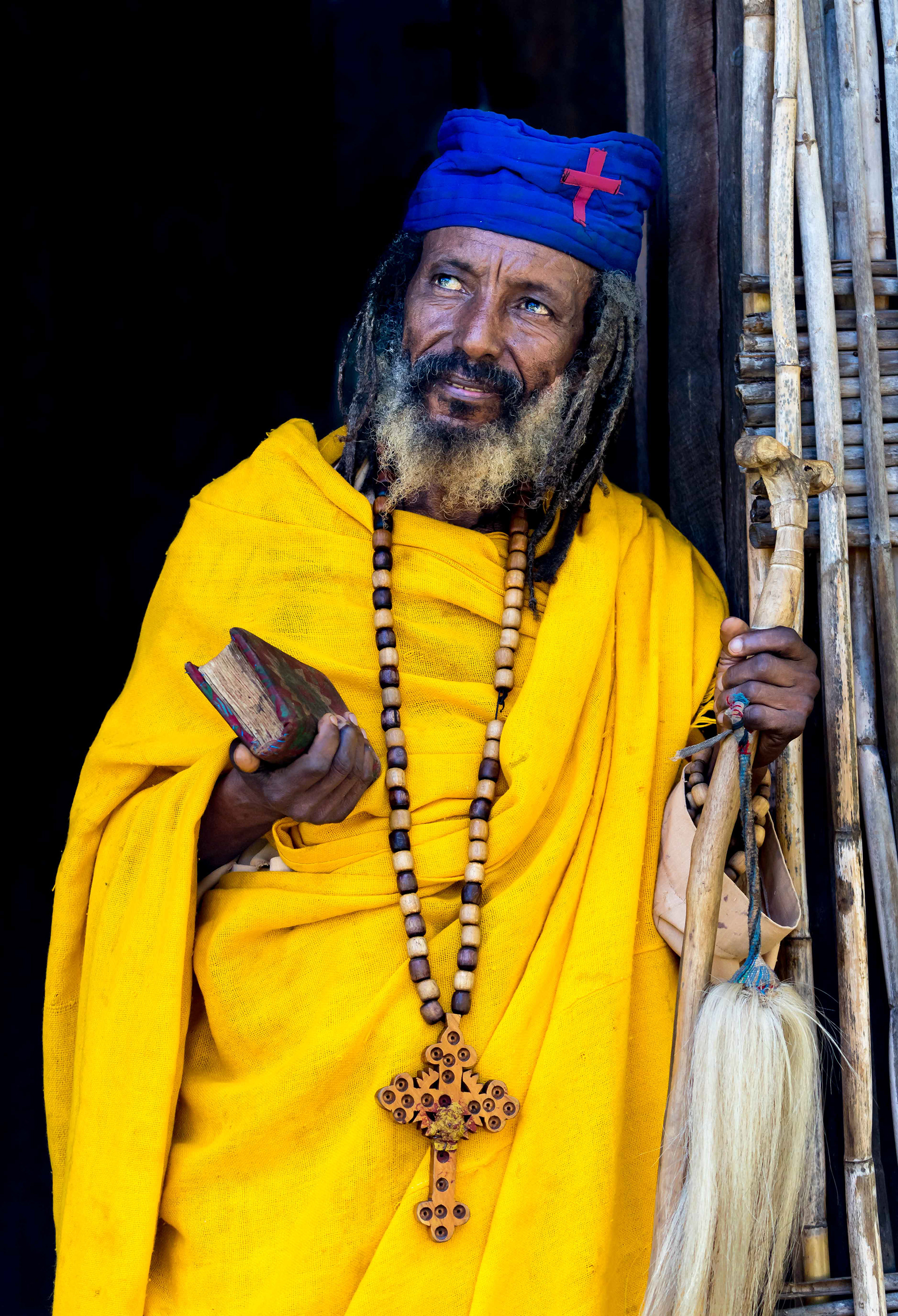


Serious windows.
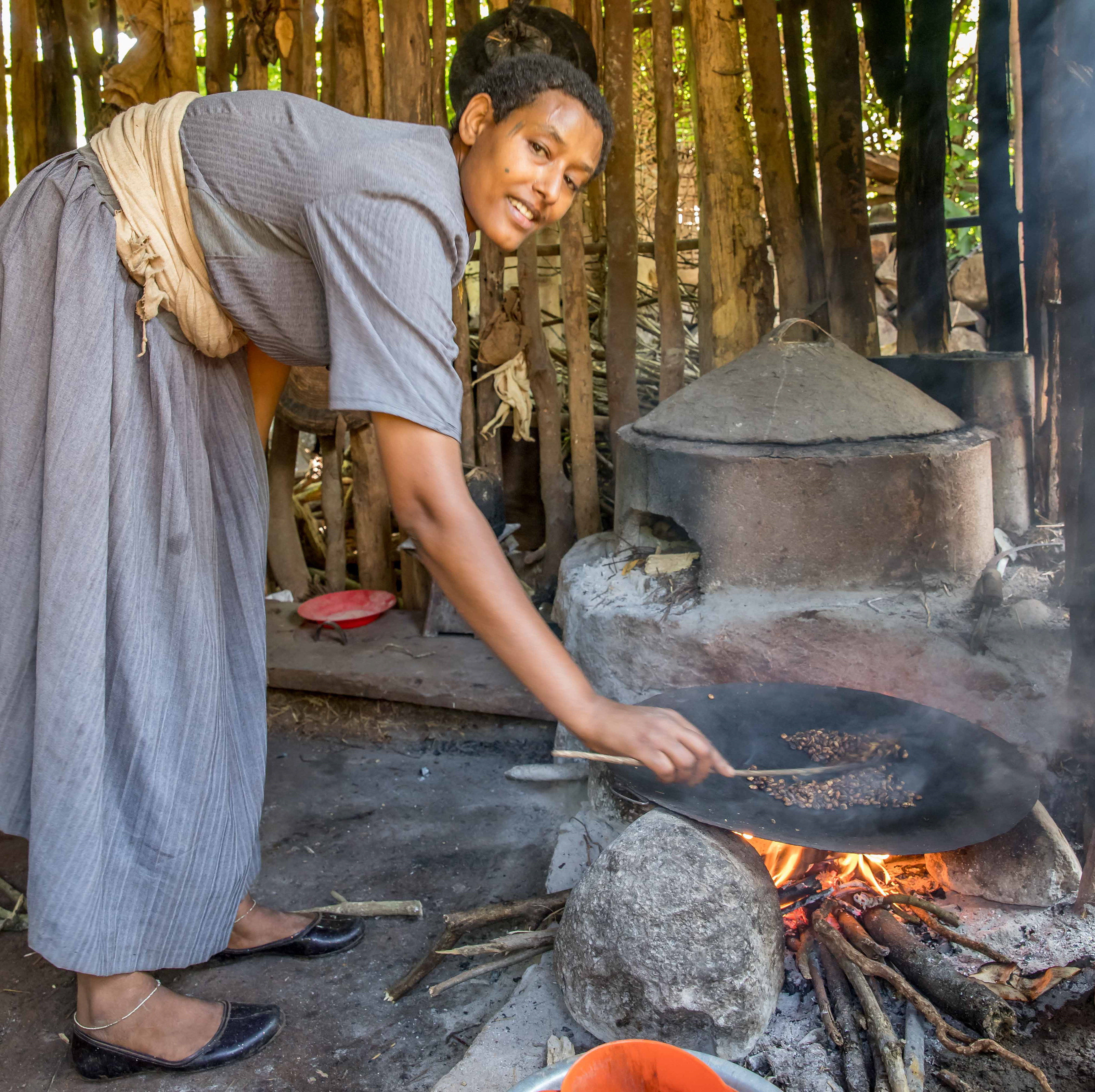
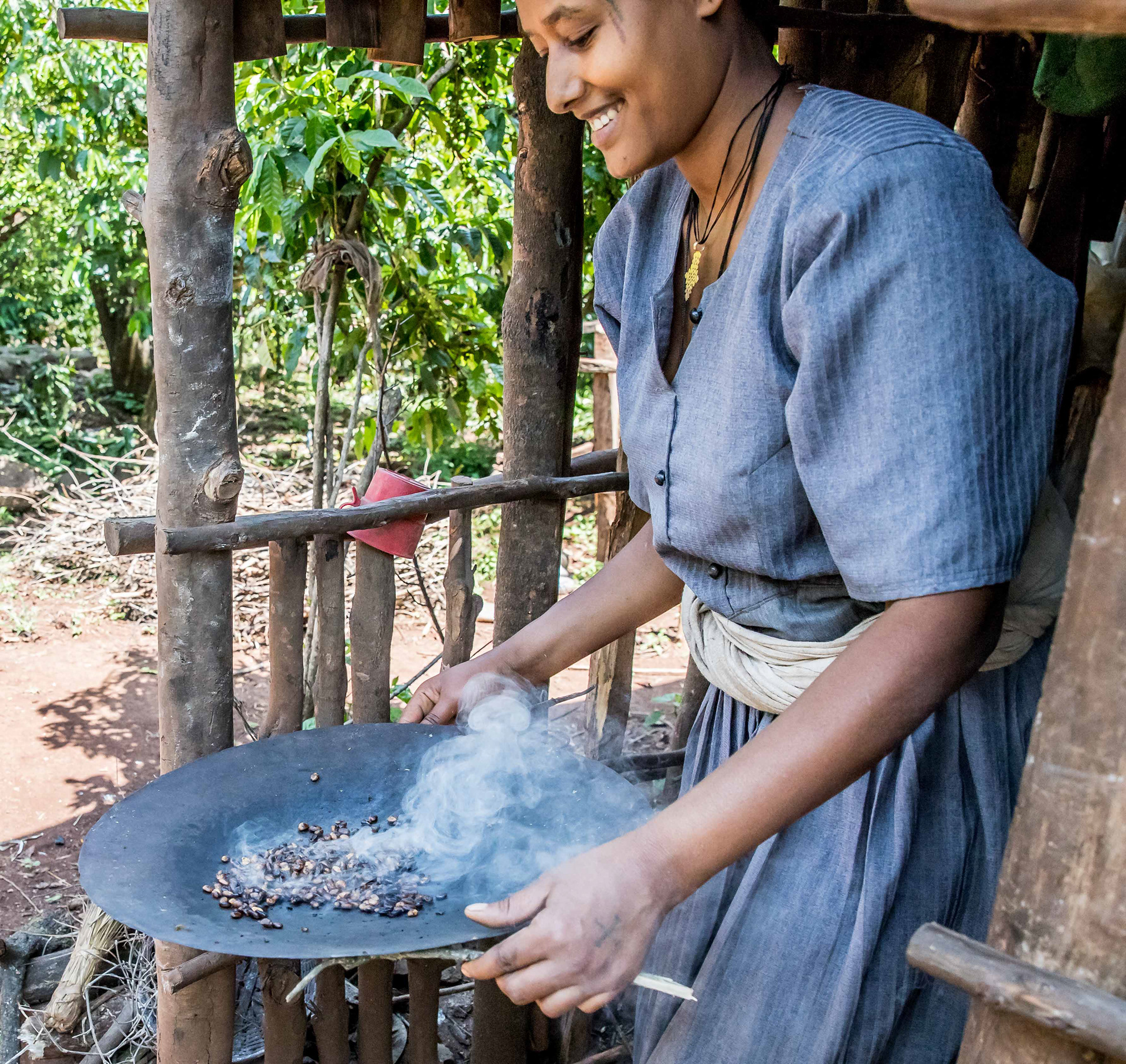

We stayed at the Abay Minch Lodge in Bahir Dar. I have to say that you don't expect to see an armoured personnel carries (albeit past its use by) gracing the entrance to a very nice lodge. I am presuming that is a left over from the Ethiopian Civil War which occurred between 1974 and 1991 (although I could have this wrong).
In God we trust. On the way to Tissisat village to visit the Blue Nile Falls.
On the road to the Blue Nile Falls. Animal feed heading home.
On the road to Tissisat village and the Blue Nile Falls.
On the road to Tissisat village and the Blue Nile Falls.
On the road to Tissisat village and the Blue Nile Falls.
Donkey transport and chili drying in Tissisat village.
Drying chili in Tissisat village.
Hot stuff.
The donkey driver, Tissisat village.
Farmer in Tissisat village.
Loading the donkeys, Tissisat village.
Cattle herding?

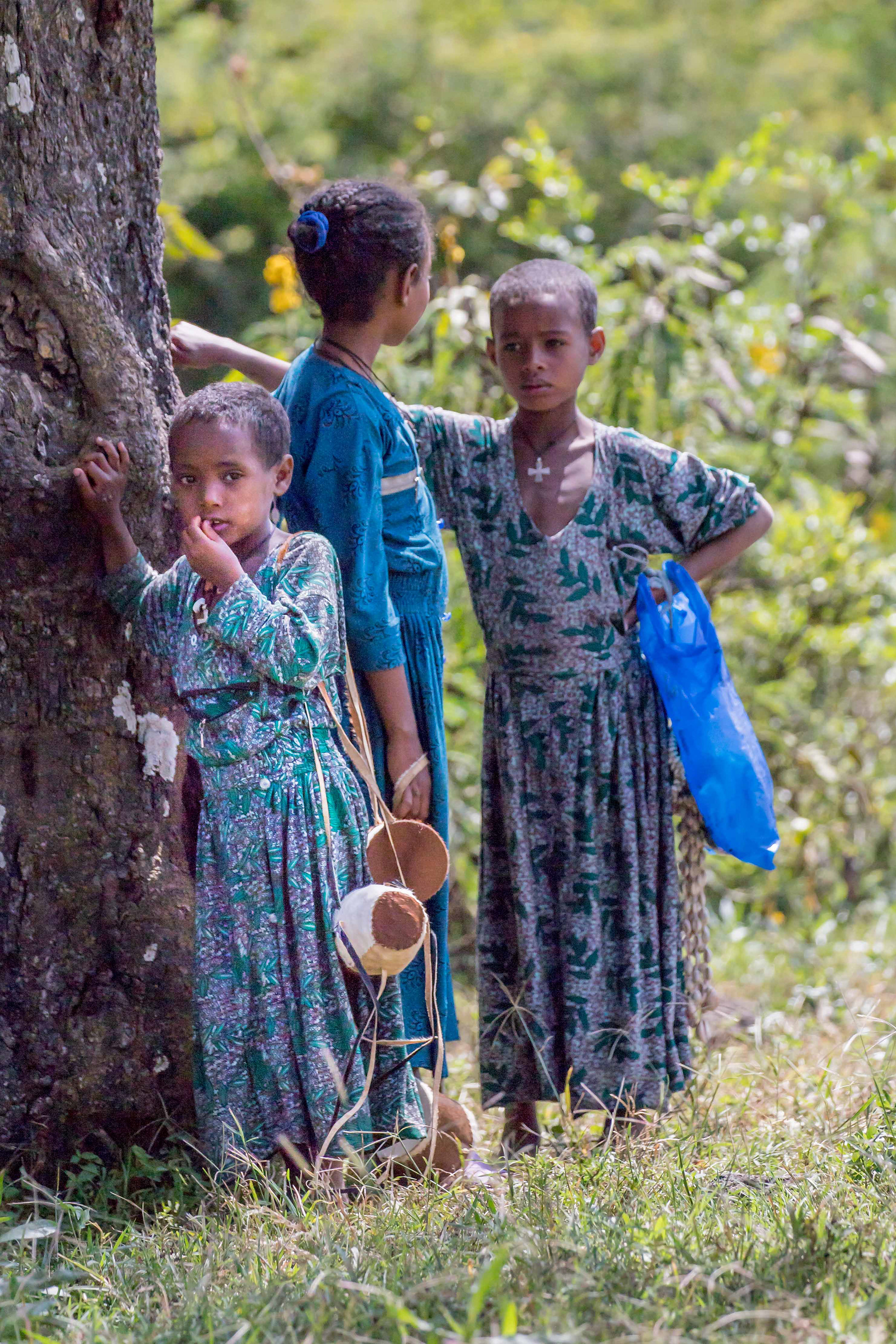
Farmers and maize crop adjacent to the Blue Nile Falls.
Lunch with a view. Blue Nile Falls.
Blue Nile Falls (45 m high).
Friends or sisters or both. The kids at the Blue Nile Falls. Entrepreneurs all.
Mum.
...who insisted on cleaning the mud off my shoes, for a small price.
The cow herder in typical Ethiopian stance with the stick across shoulders.

